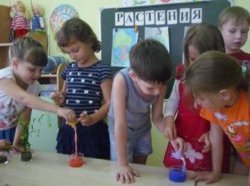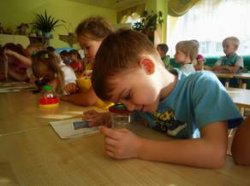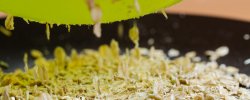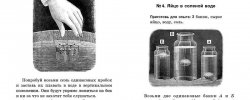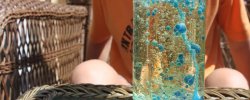Experiments By Plants Of Children
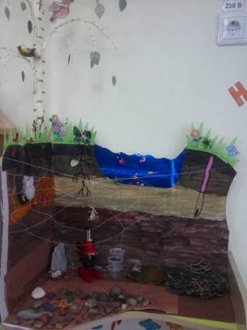 People who have been trained in surveillance and experience have acquired the ability to raise questions themselves and receive factual answers at a higher mental and moral level than those who have not attended such a school
People who have been trained in surveillance and experience have acquired the ability to raise questions themselves and receive factual answers at a higher mental and moral level than those who have not attended such a school
C. E. Timirazev
The child is a natural researcher, so he meets the world in which he came. The world around the child is diverse, so it has a constant need for new impressions, and even the smallest discovery is of great importance to the baby. The kindergarten is the first to develop environmental education. For children of the first seven years of life, thinking is vivid and visible. The pedagogical process in the kindergarten should therefore be based mainly on visual and practical methods.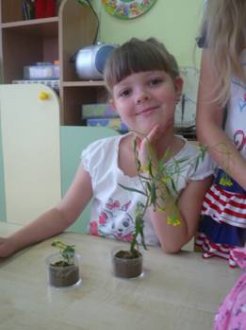 The most interesting and most effective way to understand the patterns and phenomena of the surrounding world is through experimentation. Because only in the experimentation process, the preschool is able to satisfy his audacity, to feel like a scientist, a researcher, a pioneer. Thus, as knowledge of the subject is gathered, the child is able to set all new, more complex goals. The more diverse search activities, the more new information the child receives, the faster and more comprehensive it develops. And that depends a lot on us adults.
The most interesting and most effective way to understand the patterns and phenomena of the surrounding world is through experimentation. Because only in the experimentation process, the preschool is able to satisfy his audacity, to feel like a scientist, a researcher, a pioneer. Thus, as knowledge of the subject is gathered, the child is able to set all new, more complex goals. The more diverse search activities, the more new information the child receives, the faster and more comprehensive it develops. And that depends a lot on us adults.
According to the above, a mini-lab has been set up in the Maquet (Figure) Maquet (Figure) medium group of IMODU No. 20, " The Children ' s Coupling Garden " , and a model of soil that helps to conduct various studies (example: growing and monitoring plants, root system, etc.). The kids are experimenting with water, detecting its properties; with air.
Figure 1. Soil Macet
During experimental children They will find out what roots are for and how roots help plants stay in the ground (Ris.2).
Rhys. 2.
They will also find out why plants need stebels, and during the experiment they will learn how stalk water rises to leaves, flowers and fruits (Rich.3).
Rhys. 3.
Synthesis of insects as living creatures living on the ground that can crawl, fly in the air and have typical construction.
Figure 4. They're dealing with bugs.
We support the interest of pre-schoolers in animal life in turtle life, cancer, desire to watch them, develop the skills to communicate with animals, develop children ' s enlightenment. (Picture 5)
